Is Your Refrigeration Contractor Pencil-Whipping Your Preventive Maintenance Program?
Temperature control is vital in the food and beverage industry, where slight fluctuations can threaten product integrity and put consumer health at risk.
Preventive maintenance programs (PMPs) help ensure refrigeration equipment operates at peak performance, regardless of a system’s age or the refrigerant it uses.
Unfortunately, the repetitive nature of maintenance work can elevate the risk of complacency. This is extremely dangerous in the context of industrial refrigeration because even a single oversight can quickly become life-threatening.
Have you noticed your technician or contractor mindlessly checking boxes on inspection forms, failing to report daily or weekly anomalies in equipment run data, or generally failing to give your system their undivided professional attention? If so, I have bad news: you may be dealing with a pencil whipper, and you’ll want to address the issue sooner rather than later.
Continue Reading “Is Your Refrigeration Contractor Pencil-Whipping Your Preventive Maintenance Program?”



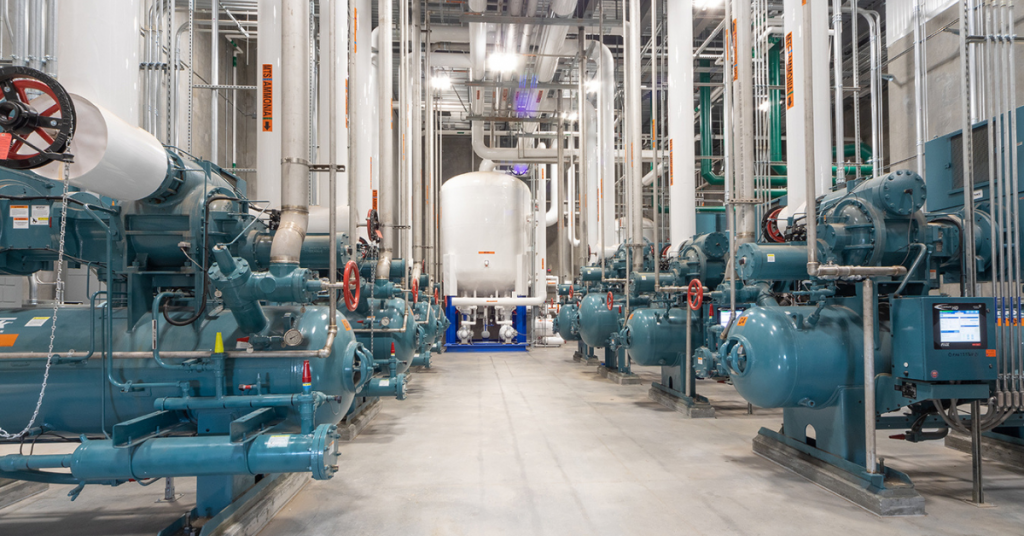
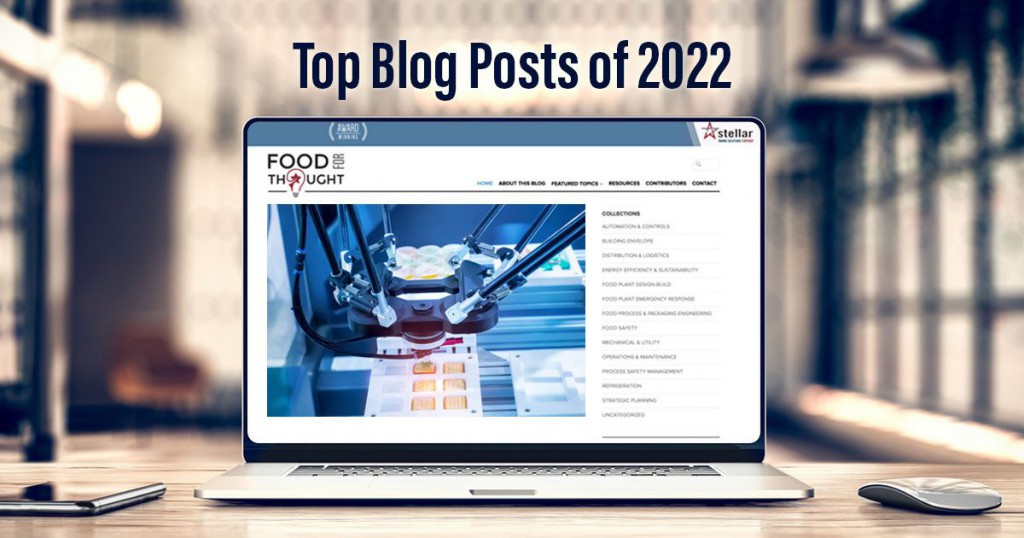
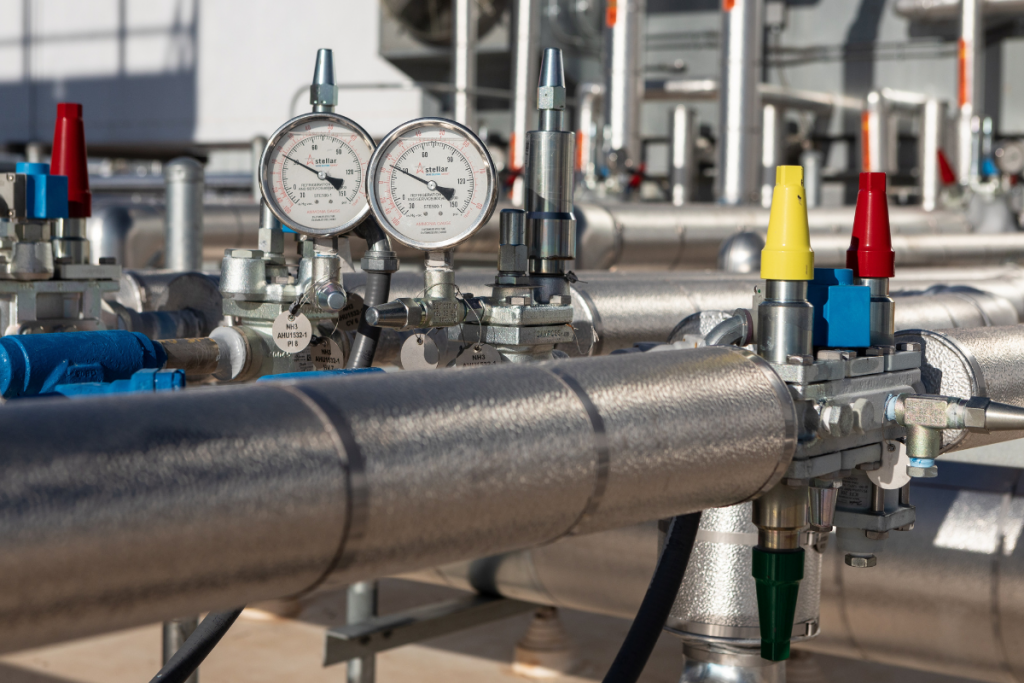


![An Inside Look at Sunsweet’s Prune Processing Facility in South America [PHOTOS]](https://stellarfoodforthought.net/wp-content/uploads/2021/01/IMG-3546.jpg)
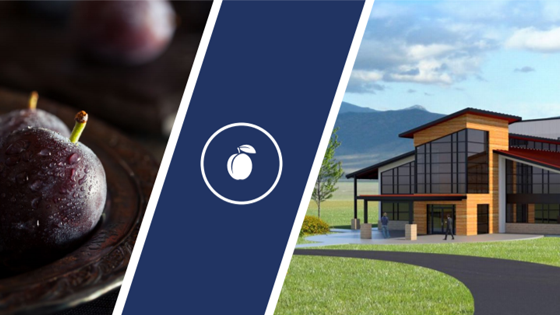

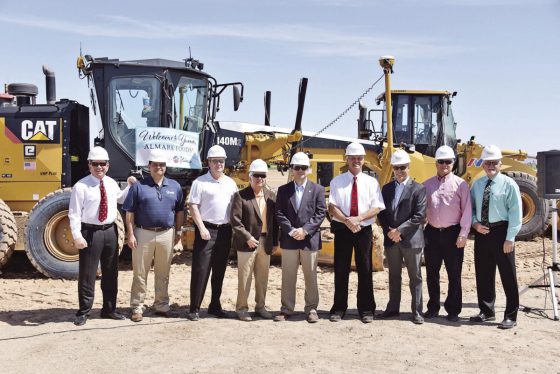
![7 Security Measures to Increase Facility Safety [Infographic]](https://stellarfoodforthought.net/wp-content/uploads/2018/12/Food-plant-security-v2.png)